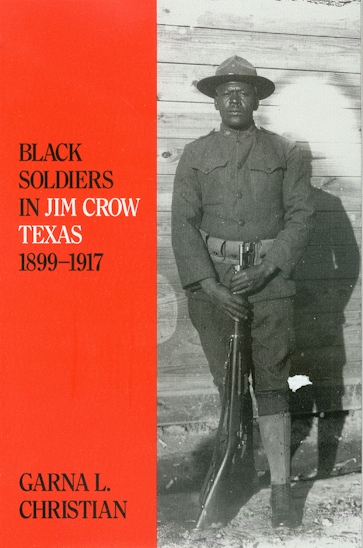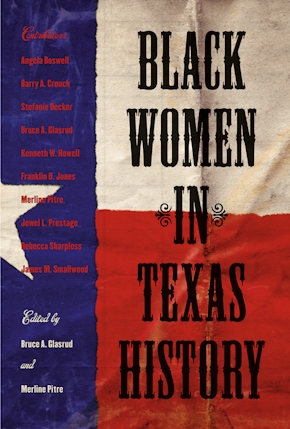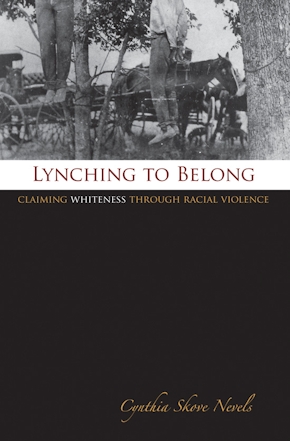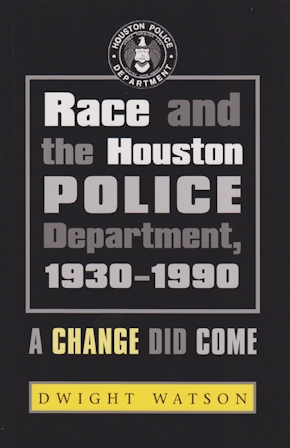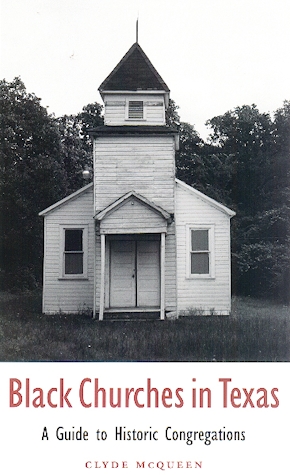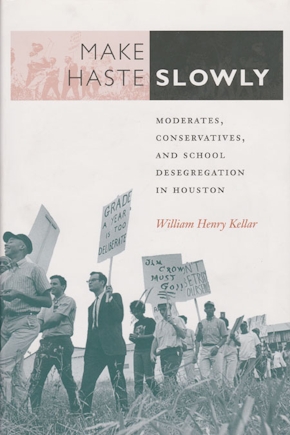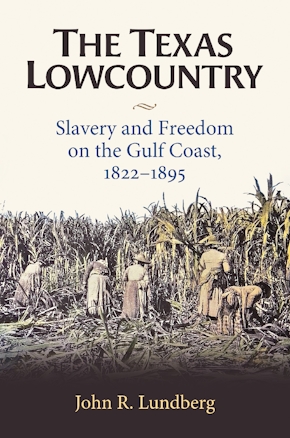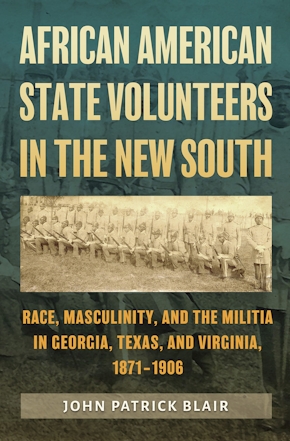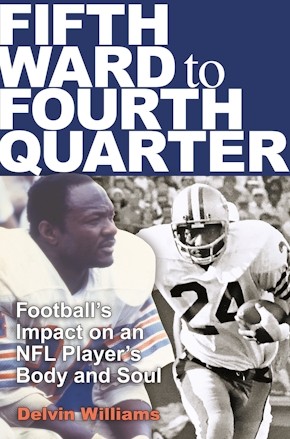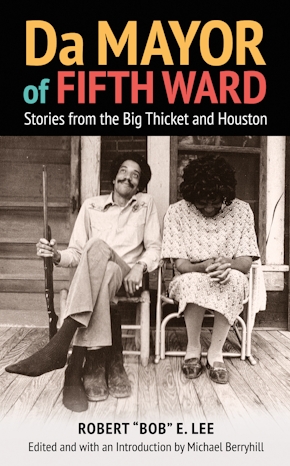Black Soldiers in Jim Crow Texas, 1899-1917
978-0-89096-637-2 Cloth
6 x 9 x 0 in
248 pp. 9 b&w photos.
Pub Date: 05/01/1995
Available
Although confrontations also occurred elsewhere, the most notorious were in Texas, beginning with an 1899 clash between white lawmen in Texarkana and black soldiers riding a troop train west after returning from Cuba. The first truly violent episode came in 1906, when troops were accused of attacking Brownsville after civilian provocations. In 1917 a full-scale battle in Houston resulted in fifteen dead and twenty-one injured. Between 1899 and 1917, a series of other face-offs—some involving the complex relationships of blacks with local Hispanic populations—occurred when black soldiers stood up for their rights or their lives in San Antonio, Laredo, El Paso, Rio Grande City, Del Rio, and Waco.
This little-known story, never before told in full, illuminates the collision of racial discrimination with racial pride and reveals once again the petty biases, institutionalized racism, and mutual suspicions that have divided American society. But it is also a story of lofty aspirations too long delayed, of the transformation of a downtrodden race into a self-confident people, and of the noble attempt, however dangerous its means, to realize full citizenship.
Clearly written and impressively researched, Black Soldiers in Jim Crow Texas traces the relationship of the four black military regiments—the 24th and 25th Infantries and the 9th and 10th Cavalries—with white civilian communities in the period between the Spanish-American War and World War I. Drawn from previously unexploited sources, it fills a void in the increasing body of research on the black military and illuminates the magnitude of racial intolerance in early twentieth-century America. No other work has explored these issues in such depth and with such skill.
Centennial Series of the Association of Former Students, Texas A&M University
About the Author
Published by Texas A&M University Press
